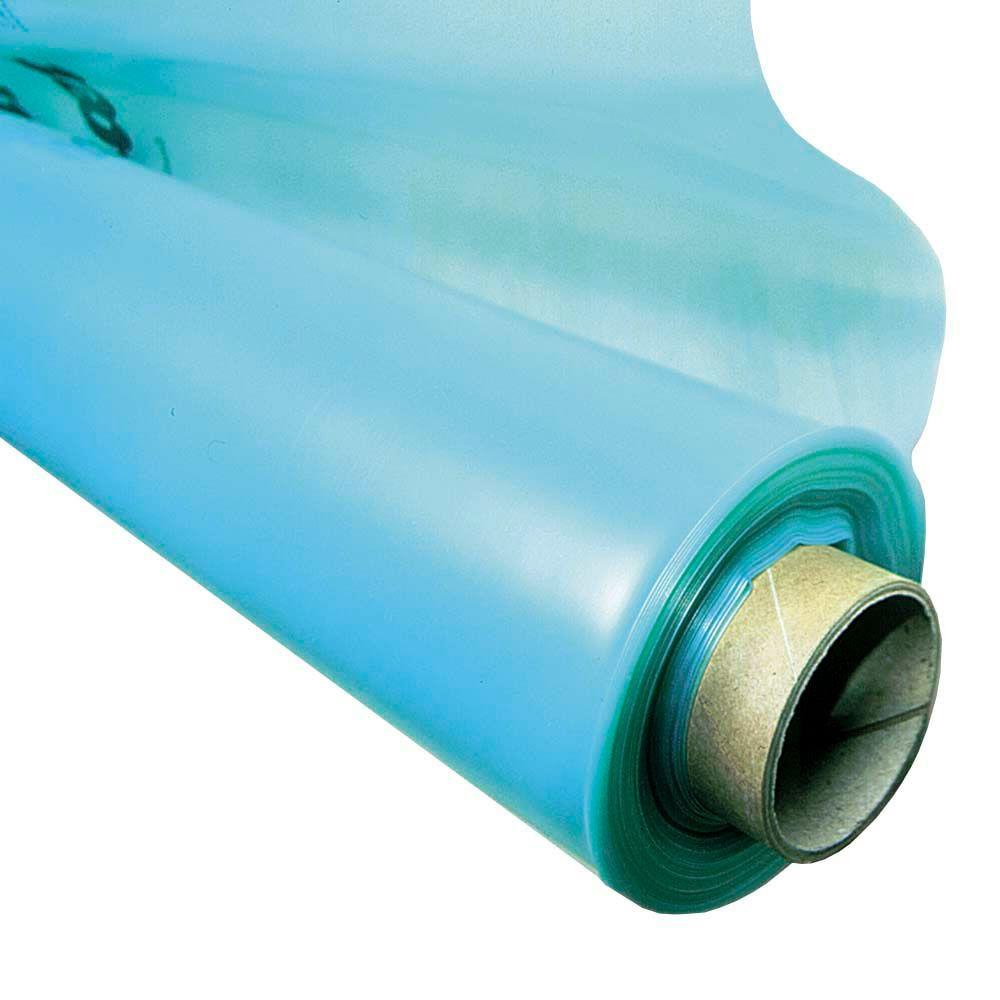

These areas are prone to moisture seeping up from the ground. Moisture barriers are important in homes that have areas below grade, such as a basement. If your summers are humid, you may also want a moisture barrier just to be safe. If you live in a climate where there is a lot of moisture, like blizzards in the winter or April rainstorms, you definitely need some kind of moisture barrier. You also want to use a moisture barrier over any floor that has been prone to moisture damage.Ĭlimate matters when you pick your flooring.
VAPOR BARRIER UNDERLAYMENT INSTALL
You will need a moisture barrier if you are going to install flooring over concrete. Moisture barriers are important with specific types of subfloor. If you still aren’t sure, you might want to consider these three things: Laminate is impacted by moisture more than some other types of flooring, and if you want your floor to last a long time and look good, you want to use a moisture barrier. It will almost never hurt to install a moisture barrier before you put down flooring, especially laminate flooring. Your flooring manufacturer should help you. You will also have to choose your installation: do you want to tape the moisture barrier, glue it, or even paint your barrier on?īefore picking a moisture barrier, you want to ensure that it works with your flooring type as well. These are sold in rolls, and if you have more extensive work to do, you can use an underlayment with a vapor barrier attached to it. There are moisture barriers that tape together and create full-floating sheets. Of course, this means the options listed above, but it also means the type of installation. To choose your moisture barrier, you want to pick what works best for your home. Some of these moisture barriers include brick, block, board lumber, fiberglass, gypsum board, and more. Class 3 Moisture Barriers: these are permeable, meaning that water vapor can pass through very easily.Class 2 Moisture Barriers: (i.e., such as unfaced expanded or extruded polystyrene, 30-pound asphalt-coated paper, plywood, or bitumen-coated kraft paper) these are semi-permeable, meaning that some fluid can come through.However, because these include rubber, plastic sheets, sheet metal, and glass, most of these options aren’t practical for flooring applications. Class 1 Moisture Barriers: are the strongest moisture barriers because they are impermeable and do not allow any liquid to pass through them.There are three different classes of vapor/moisture barriers that you need to consider. Also called “vapor barriers,” these sheets have different permeability. Of course, there are different types of moisture barriers with different strengths. While a moisture barrier cannot stop all moisture from getting through, it does help stop moisture penetration to a large extent, which is good for your floors to protect them and maintain them long term. So, what is a moisture barrier, anyway?Ī moisture barrier, also known as a vapor barrier, is a plastic sheet that is added to a multi-layer floor system between the underlayment and subfloor or concrete to protect against moisture penetration and damage.Ī moisture barrier is easy to install, affordable, and very helpful to both prevent damage to the actual top floor as well as subfloors from any form of water or moisture damage. Moisture barriers help to protect your floors from water damage, so they last longer. If your floor gets wet, it can cause mold, mildew, and other problems that can destroy your floor, lead to health issues and even cause safety concerns. Water and moisture can cause a lot of damage to your floors. We’ll take a deep dive into all the specifics of moisture barriers, so you can make the best decision for your home and flooring.

So why do you need moisture barriers under laminate flooring, and are they really necessary? You absolutely need a moisture barrier in those rooms, but you need it in others as well. Most people think they don’t need these barriers in rooms other than the kitchen or living room, but that isn’t necessarily the case. Does it stay pretty dry and arid around your house? You still need one. That’s right! That includes just about everyone. If you live in a place that has hot or cold weather, you need a moisture barrier for your laminate flooring.


 0 kommentar(er)
0 kommentar(er)
